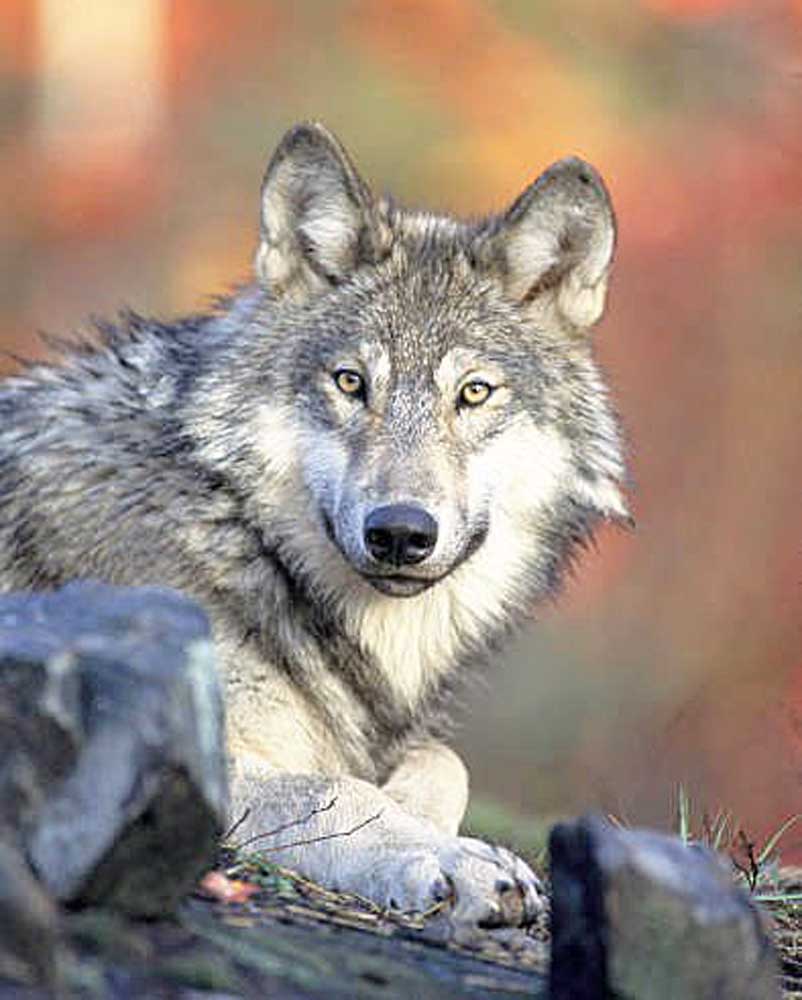Grant County wolf count up by three as state sees 9.5% increase
Published 3:15 pm Wednesday, April 21, 2021

- Oregon Department of Fish and Wildlife released this year's wolf count in Grant County.
The number of wolves is increasing in Grant County and Oregon as a whole.
Trending
The Oregon Department of Fish and Wildlife reported a 9.5% statewide increase in wolves at the end of 2020 in the Oregon Wolf Conservation and Management 2020 annual report.
ODFW reported 173 wolves in the state at the end of 2020, up from 158 at the end of 2019.
According to the report, there were 22 packs in the state. The report said 17 of those packs met the criteria as breeding pairs.
Trending
A breeding pair is an adult male and an adult female with at least two pups that survived to Dec. 31 the year of their birth, and a pack is four or more wolves traveling together in winter.
“The actual number of wolves in Oregon is actually higher because not all wolves present in the state are located during the winter count,” the report states. “The numbers could increase if evidence is collected during 2021 of additional wolves present during 2020.”
Grant County increase
In Grant County, at the end of 2019, ODFW counted two wolves in the Northside wildlife unit, five in Desolation and no wolves in Murderers Creek, according to John Day ODFW District Biologist Ryan Torland.
At the end of 2020, Torland said Desolation had six, Northside had three and Murderers Creek had one.
He said there is probably a second wolf in Murderers Creek that showed up after winter, but it would not be included until next year’s count.
Torland said the count of the 2020 population is an estimate of the wolves present in a pack or in the area in 2020 that survived through the winter and into 2021.
Takeaways from this year’s count
In Northside, Torland said this was the first year a pup made it through the winter. He said that means the area has successful breeding, but to be considered a breeding pair, the wolves have to have two pups make it through winter.
He said they saw one pup make it through the winter in Desolation.
Torland told the Eagle there were reports during archery season of hunters seeing up to 10 wolves. He said this was possible, but the hunters were not able to substantiate the statements with pictures.
“By no means do we think that this is the exact number of wolves in the county at any time,” he said. “But this is what we’d consider a minimum population.”
Problems on the horizon?
Torland said in Grant County the wolves are moving into areas where they could pose more of a problem for livestock producers. He said this includes livestock wintering locations, calving areas and places where grazing permits are issued.
He said the agency is trying to communicate to landowners best practices to prevent depredation, such as picking up bone piles and removing other attractants.
In 2020, confirmed wolf depredations in the East Wolf Management Zone included seven dead cows, five injured cows, one dead llama, one injured llama, one dead working dog and one injured working dog across Baker, Union, Wallowa, Umatilla, Morrow and Harney counties, according to the report. In the West Wolf Management Zone, 15 cows were killed in Klamath County and one was killed in Jackson County.









